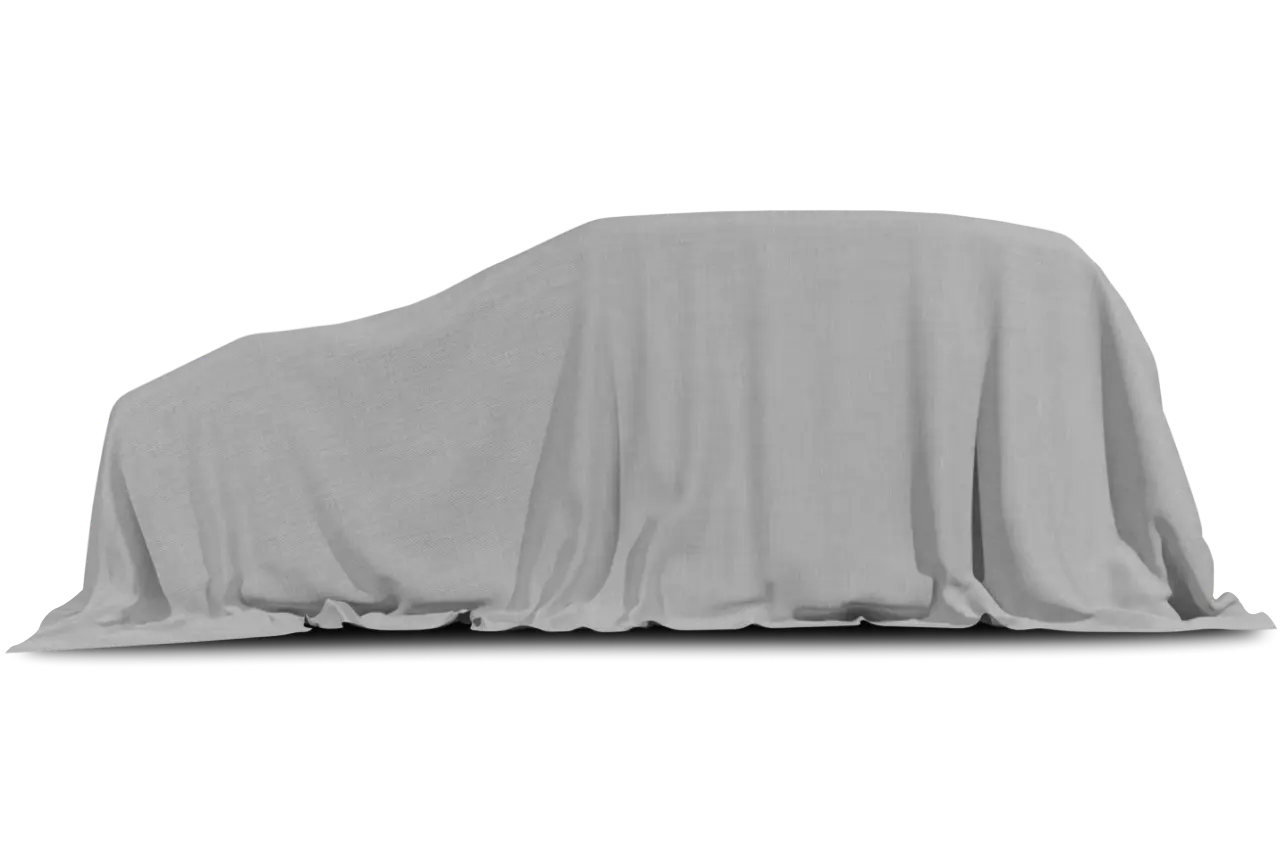
It was rather like hopping on an ill-tempered tiger with a bad case of flatulence. The rush forward was exhilarating, almost incomparable, but the stentorian stern emissions were a bit much. To be sure, the new, Z06 version of the 2001 Chevrolet Corvette is essentially a semi-race paean to power, but I’d be willing to trade in some of those wild nags for a few decibels.
The name Z06 is homage to the ‘vette’s spiritual father, Zora Arkus-Duntov, who crafted the first Z06 package in 1963 to give what was then known as the split-window Sting Ray a little extra sizzle. Even at its low point, beset by emissions and fuel-price concerns, the base Corvette was hardly a slug, never being subjected to the indignities that were visited upon Ford’s Mustang, which wound up going down a different evolutionary trail. The history of the Corvette’s underhood enticements pretty well tracks and mirrors the macroeconomic conditions of the time.
The current Z06 variant was doubtless conceived when it looked as if there was no barrier that could stop the Nasdaq — it’s an all-out, very impractical, boyish exercise in fun that pays homage to conspicuous consumption. One wonders how many dot-comers have had to cancel their orders lately . . .
The standard Corvette coupe starts at $40,925, delivery included. The Z06 version starts at $47,500, and, though it comes with a boatload of goodies that are extra on the standard cruise missile, the beauty of the beast is its new LS6 engine, essentially the familiar LS1 5.7-liter V-8 — new when the current series of “vette was released in 1997 — massaged by worshipful devotees of the great god horsepower.
The stock LS1 — which, by the way, shares only distance between cylinder-bore centers with the venerable 5.7-liter Chevy “small block” — makes 350 hp this year, at 5,600 rpm, and 360 foot-pounds of torque (@4,400). The LS6 belts out 385 horses (@6,000) and 385 foot-pounds (@4,800). Those are fairly lofty revolutions for a pushrod engine, testifying to how well it has been developed. Being a pushrod, it is — even in this high state of tune — quite mannerly, producing a butt-kicking 300 foot-pounds of torque at 1,000 rpm and idling well.
Figuring the LS6 appeals to the lunatic trade, Chevy has made it available only with a specific six-speed manual transmission. A lighter, more conservatively-geared version of the six-speed is offered on ordinary coupes and convertibles of the Corvette kind. (Here’s a tidbit gleaned from Chevy’s elaborate technical manual: the LS1-powered ‘vette with a six-speed manual will actually go faster than the Z06. It’s rated at 175 mph, vs. 171 for the more potent ride. Why? Because the Z06 pulls considerably more aggressive (i.e., lower) gearing.) Given the relative scarcity of places where one can reasonably achieve such hypervelocities (legal considerations aside), it makes sense to bias the Z06’s overachieving tendencies toward the low end.
One would think that getting to 60 mph from a standing start in five seconds would suffice for most purposes, but in this price range, time is money, so the Z06 shaves a full second off that benchmark. Four-second 0-60 times are about as close to being shot out of a cannon as most of us would ever choose to get. Ford’s SVT Cobra R and Dodge’s Viper can deliver similar thrills, for a similar price. To significantly improve on that stat with a machine that comes out of something resembling a factory, one would have to pony up vastly more dough and fly across the Atlantic. Not but what well-heeled Corvette loonies also pony up big bucks to have supertuners buy them another few tenths of second.
The Z06 also comes with a more competition-oriented suspension, which, surprisingly, does not make the ride intolerable. If you’re in for ballistic launches and 1-G+ lateral forces, you’ll be glad it is so robust. The Z06 is the lightest o the Corvette variants, thanks in part to suc holds-barred touches as its titanium exhaust system, which saves 17.6 pounds. (I doubt that Midas will be stocking these soon.)
The Z06 is also endowed with what Chevy calls a “unique” exhaust note, and that’s where we come to a parting of the ways. The clamor from those four 3.5-inch outlet pipes is hard to endure when the revs pass through 1,000, and becomes hellacious as the engine climbs toward its redline. Even 25-mile jaunts were tiresome to me, but I never went to rock concerts, so I still have my hearing, and I didn’t wear a racing helmet when pottering around in the test car.
For all the torque it’s managing, the clutch is fairly light, with a long throw and rather sudden actuation — the better to lay down patches of very expensive rubber. The six-speed transmission just begs to be slam-shifted, and found its way from gear to gear quite ably, both on the way up and coming down. The Z06 sits on whopping 265 – 40 – 17 Z-rated, asymmetrical Goodyear Eagle F1 Supercar tires — up front, where they only have to be concerned with braking and steering. The rear axle, which somehow has to transfer the engine’s fury to the pavement, gets the same compound in a 295 – 35 – 18 size.
These skins go for about $300 apiece, which takes a bit of the fun out of burnouts, but their grip on dry pavement is awesome. I found quite a different story on wet roads — even with traction control and the computer-guided, second-generation “active handling” assist, this steroidal bully was scary. It needed a third-gear start and a lot of clutch feathering to make it up my rain-slicked asphalt driveway. Almost anything else would be preferable on wet or snowy streets. But this is, after all, more of a weekend racer than day-to-day transport, and all the drama IS amusing, in a callow way.
A spare is a problem on a car with different-size tires, so you don’t get one. Chevy opted not to fit run-flat tires, so what you get is a can of flat fixer, said to work on punctures up to a fifth of an inch in diameter.
Given high traction conditions, the brakes are exemplary. They’re 12.6-inch discs front and rear, with antilock and front-rear proportioning. They were easily modulated, and stopping distances from elevated velocities were the shortest I’ve ever seen. The steering is speed-sensitive, and thus seemed a little slow and heavy at legal speeds, but had an impressively direct feel. As nimble as the ‘vette might be on a race course, with its 43-foot wall-to-wall turning radius it was as maneuverable as a full-size pickup in tight spaces — embarrassingly awkward in a parking garage or shopping mall. The ‘vette maintains its fiberglass body panels, but the creaking and groaning of yore was nowhere to be heard.
EPA estimates (you don’t have to ask what grade of fuel is mandated, do you?) are 19 mpg city, 28 highway. Stirring the gears over country roads, and winning many a stoplight grand prix, I logged 18.4. Neither the feds nor the insurance folks have crash-tested a Corvette. Corvette dominates the high-end sports car segment, but even so, that only amounts to about 30,000 units a year, below their radar.
The only optional items on the tester were $25 floor mats (really, Chevy!) and a $600 “millennium yellow” paint job. To my taste, the money would be better invested in probing why one needs to be so conspicuous. Final price of the tester was $48,125.
“The Gannett News Service”



































